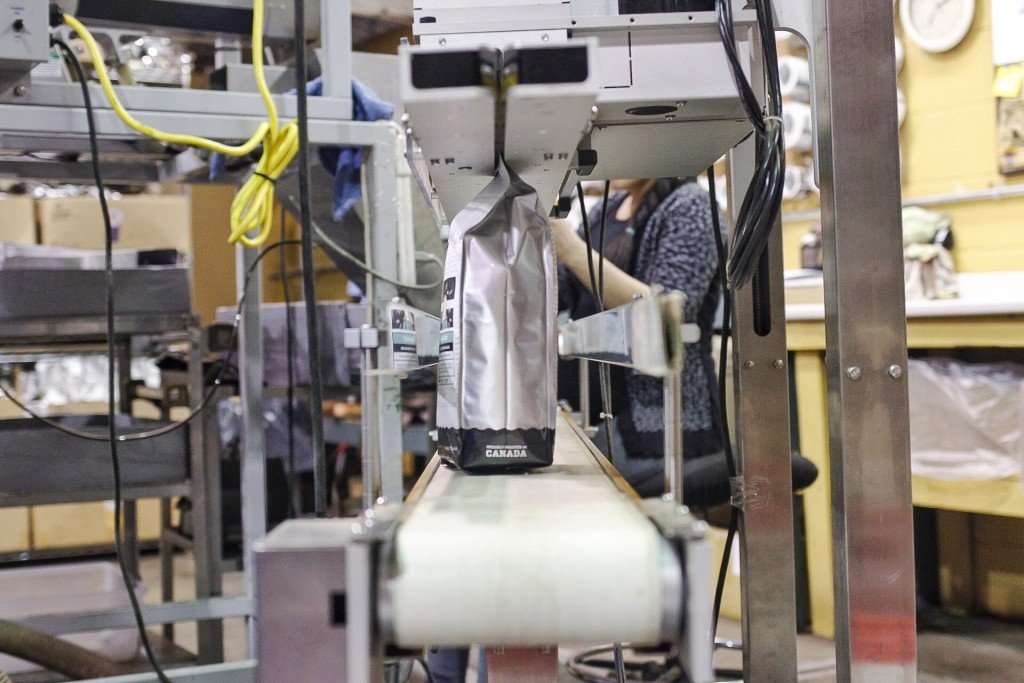Roasting Coffee | The Perfect Coffee Bean

Coffee can seem like a simple thing but there is so much work, knowledge and skill that goes into growing, picking and roasting the perfect bean. As the coffee culture emerges, many are learning and tasting the difference between what really goes into preparing your cup. We interviewed Fratello’s Head Roaster, to learn more about roasting coffee, and learn a bit more about the roasting process and how you can pick the coffee that is right for you.
Can you explain the difference between light and dark roast?
The simplest explanation is a dark roast is taken to a higher temperature than a light roast forcing the coffee to go through more chemical changes and darkening the colour of the bean.
What makes for the perfect bean?
Perfection is always strived for and never achieved. The best answer I can give but when looking for high quality beans you are looking at varietal of the bean, soil type, elevation, harvesting methods and processing methods. Typically you are looking for a higher elevation bean because it gives the coffee cherry time to develop properly in a slightly lower temperature than coffee grown at low elevations which get rushed due to the higher temperatures.
When is the best time to use your coffee beans?
It is dependant what you are using them for, if you are using them for drip coffee, the fresher the better. I would buy enough for a week at a time to ensure you always have great coffee at home. For espresso I would recommend 7-14 days after the roast date for use, this lets the coffee de-gas properly and will pull a much nicer shot under compacted pressure.
Can you walk us through the process of roasting coffee at Fratello?
When coffee comes in to Fratello it has already been sampled at least once to make sure it meets our standards so once it gets in the door it has to be profiled. Each coffee is put through many profile roasts changing the amount of heat used as key times in the roast until we have a roast we are happy with how it performs, some times this can take months of profile roasting and some times it is achieved in the first day. Once we have it profiled it goes into production. A production roast starts by loading the green coffee into the hoppers above the roasters, once the roaster has achieved the temperature desired we release the green beans into the drum of the roaster, it is the job of our roasters to make sure the profile that was decided on during the profiling stage is achieved on a consistent basis, they do this by adjusting the amount of heat depending on how the coffee is reacting that day and making sure the timing on everything is acceptable, coffee roasting is aided by computer software to track the curve but the roaster should always rely on the sight, smell and sounds the coffee is making as it roasts.

When choosing beans for our home use, what should we look for?
Personal preference is huge here, I would recommend going to your local barista and seeing what they suggest based off of what you have previously enjoyed. There is really no wrong answer here some people prefer a very light floral coffee, while others enjoy the heavy bold flavours of a dark coffee. Find something you like and look for other coffee’s that are similar. But once again make sure its fresh. Life is to short for stale coffee.






